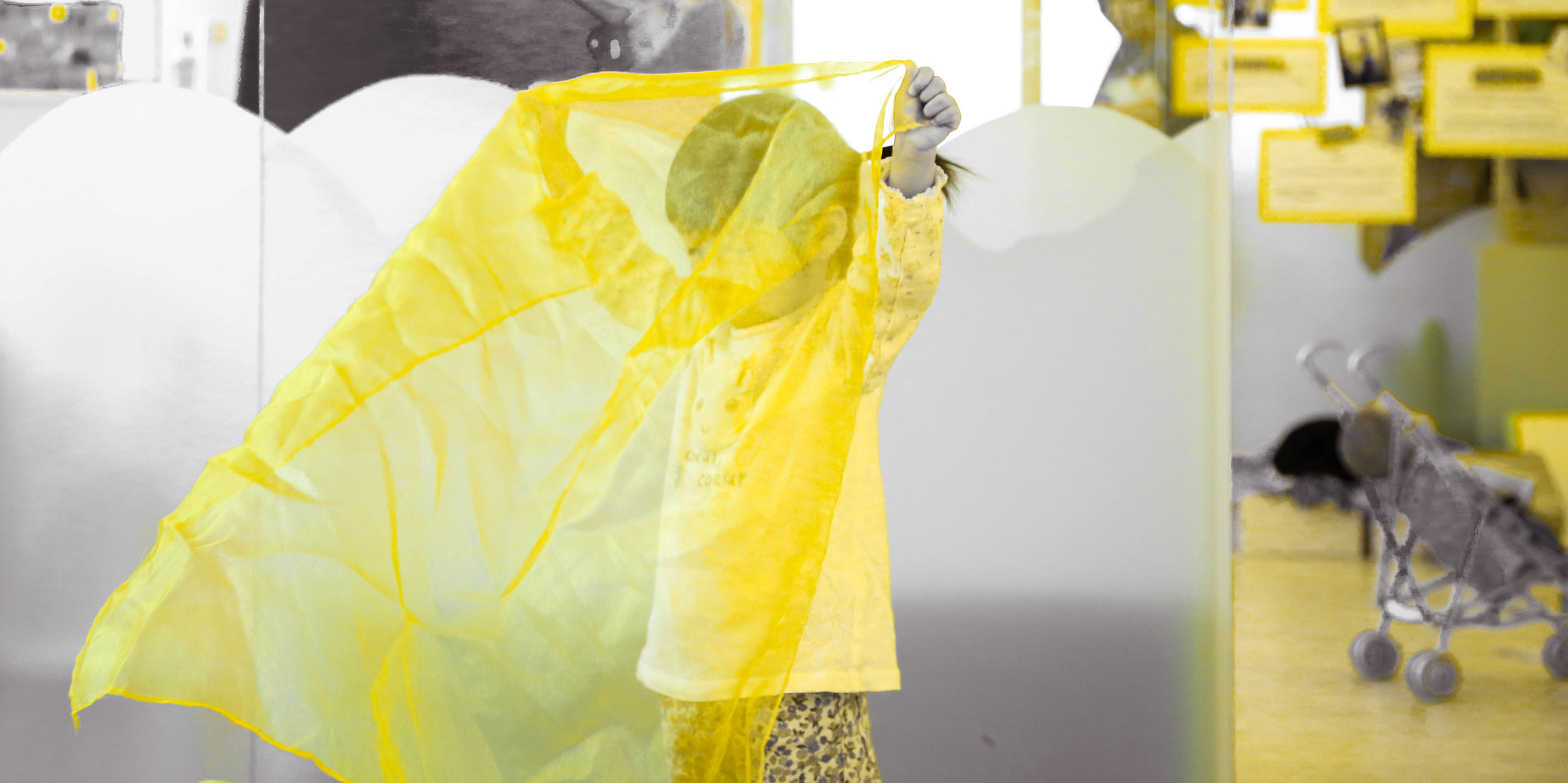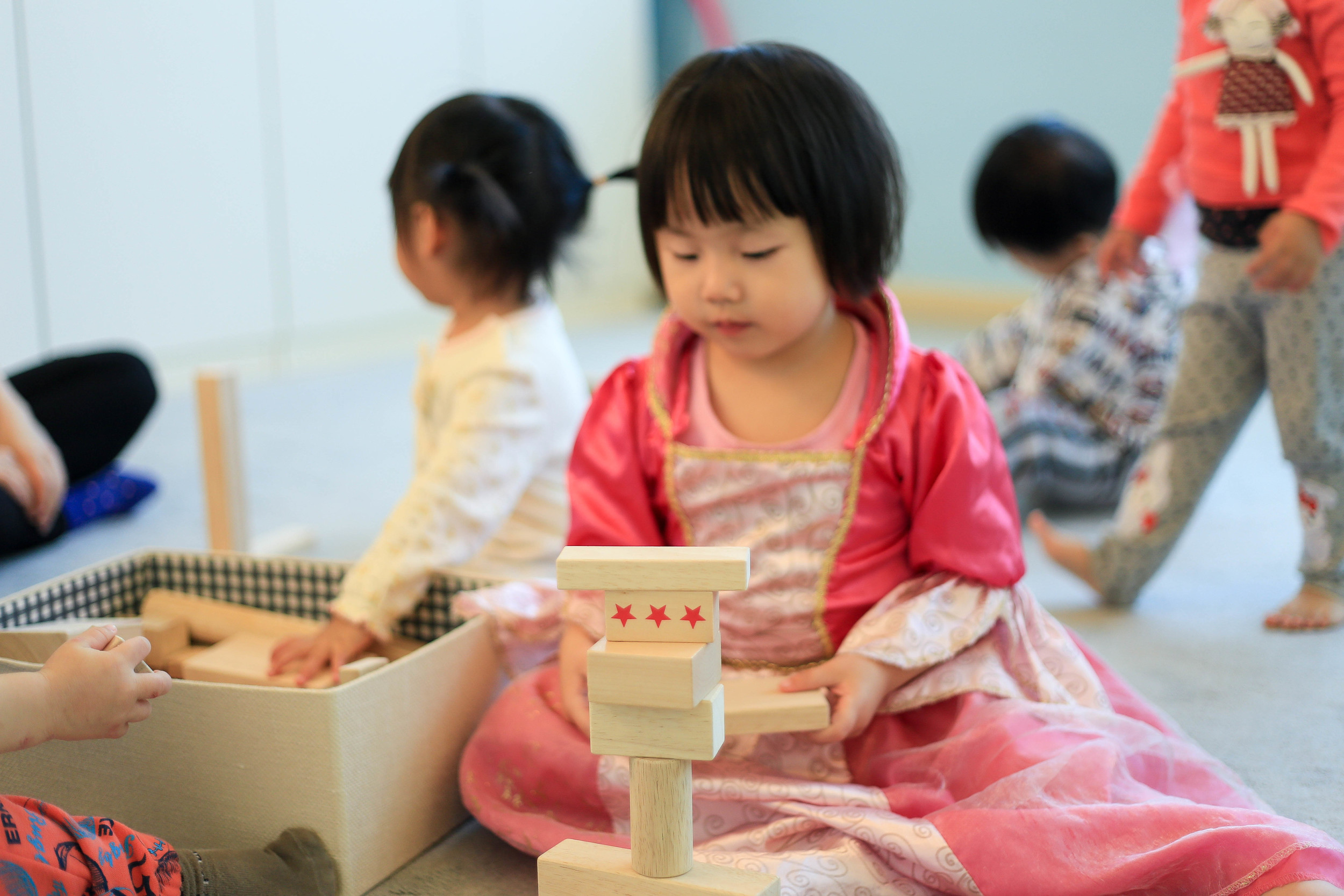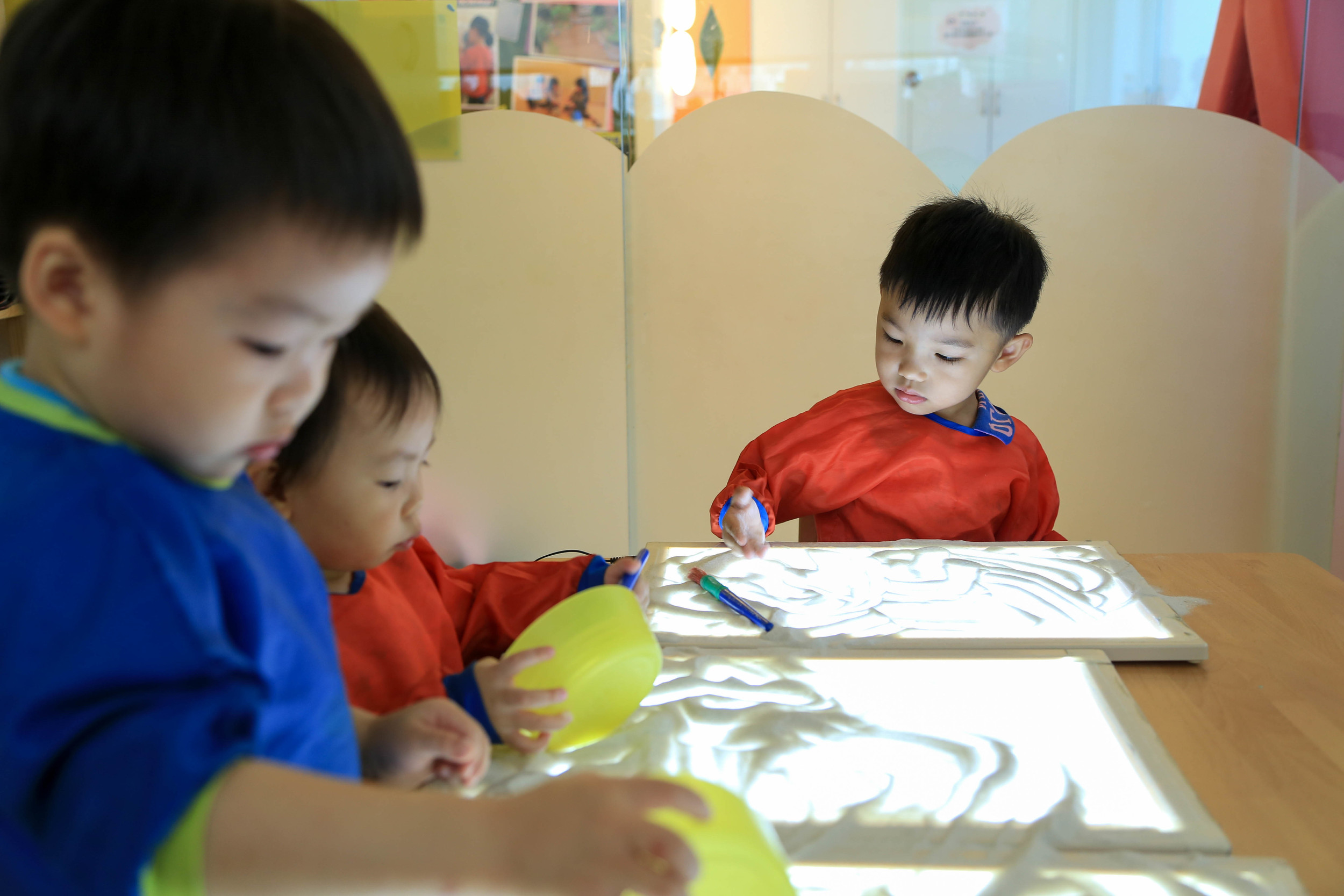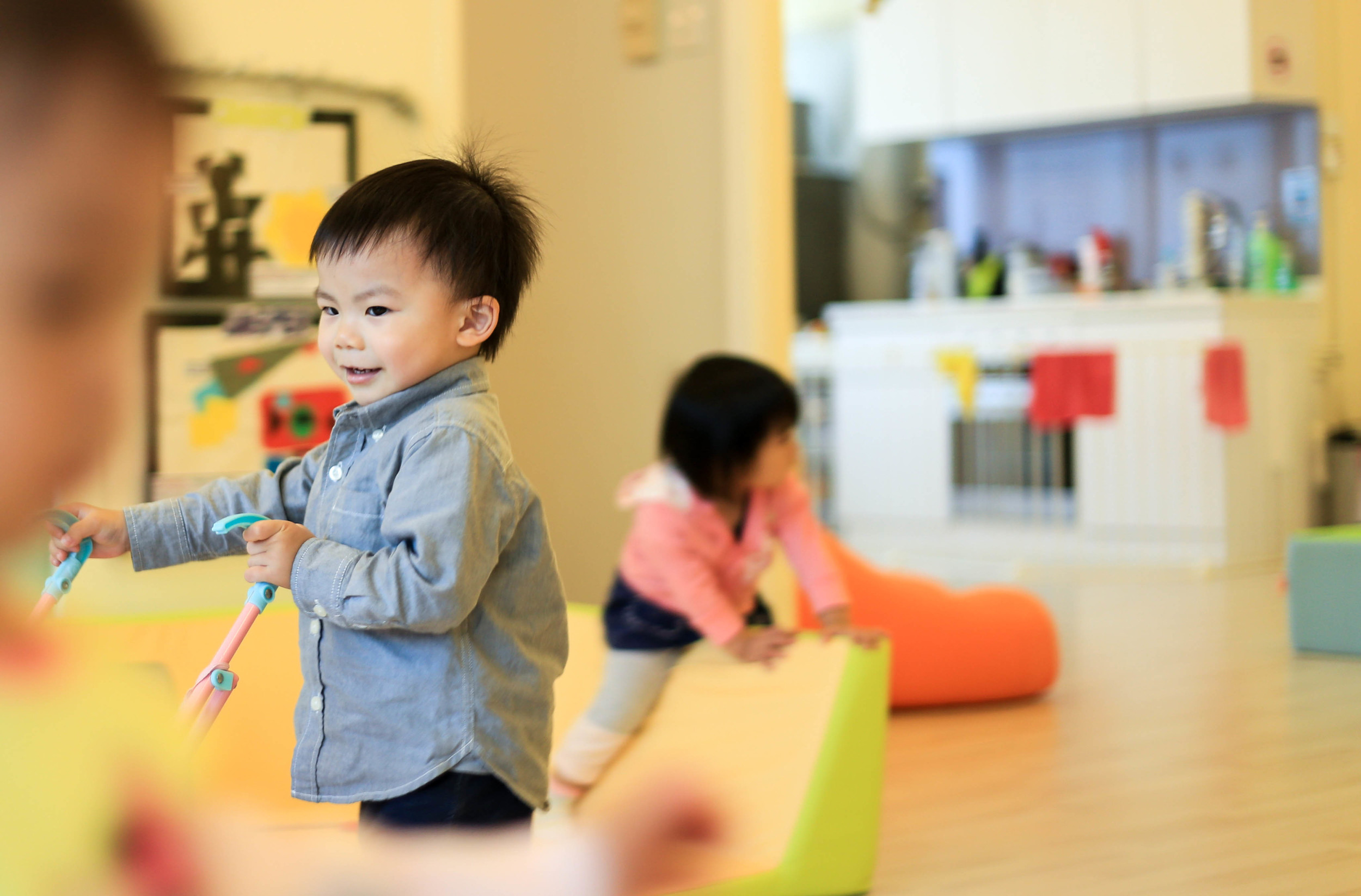
reggio emilia approach
“Children have the right to imagine. We need to give them full rights of citizenship in life and in society." - Loris Malaguzzi
The Reggio Emilia Approach
The Reggio Emilia Approach derives its name from its place of origin, Reggio Emilia, a city located in Emilia Romagna in Northern Italy. Following the war, people believed that children were in need of a new way of learning: the assumption was that people form their own personality during early years of development and, moreover, that children are endowed with "a hundred languages". This education system has developed over the last 50 years into a unique program that has caught the attention of early childhood educators worldwide.
At the heart of this system is the powerful image of the child (described in the 100 Languages of a Child). Reggio educators do not see children as empty vessels that require filling with facts. Rather they see children as full of potential, competent and capable of building their own theories. The Rights of Children as written by Loris Malaguzzi best describes how children are viewed.
“Creativity becomes more visible when adults try to be more attentive to the cognitive processes of children than to the results they achieve in various fields of doing and understanding.”
The Reggio Emilia Approach puts the natural development of children as well as the close relationships that they share with their environment at the center of its philosophy. The foundation of this approach lies in its unique view of the child, where the children have rights and should be given opportunities to develop their potential.
Reggio Fundamentals
The Reggio Teacher - The Reggio teacher is unique because she offers herself to the process of co-construction of knowledge, releasing the traditional roles of a teacher and opening doors to new possibilities.
Education based on inter-relationships - A network of communication exists between the children, parents and teachers of Reggio. These three protagonists work together to create the spirit of cooperation, collaboration, and co-construction of knowledge. Working together, interacting toward a common purpose: the building of a culture which respects childhood as a time to explore, create and be joyful.
The Environment as the Third Teacher - The educators of Reggio Emilia view the school as a living organism, a place of shared relationships among the children, the teachers, and the parents. The layout of the physical space in the schools encourages encounters, communication, and relationships.
Documentation - Documentation is a key element in the Reggio Approach. It serves many purposes, but most of all it is used as a research tool for studying children’s learning processes. Documentation is about what children are doing, learning and grasping, and the product of documentation is a reflection of interactions between teachers and children and among children.
Projects as Vehicle of Learning - One of the highlights that often first attracts educators to the Reggio Approach is its exploration of projects.










